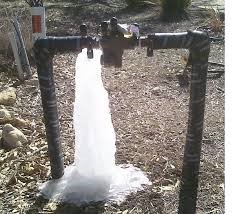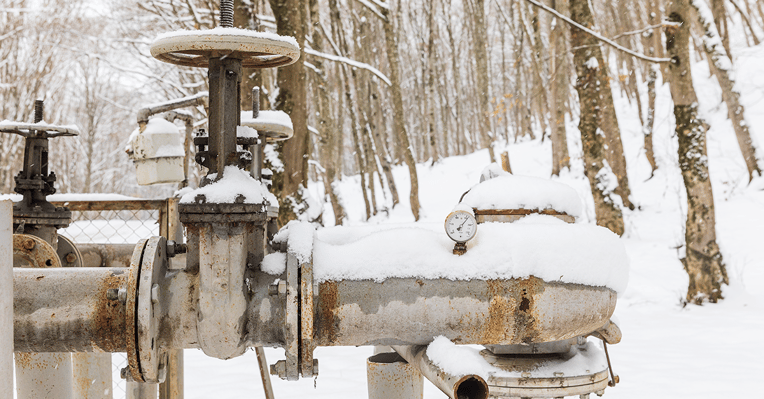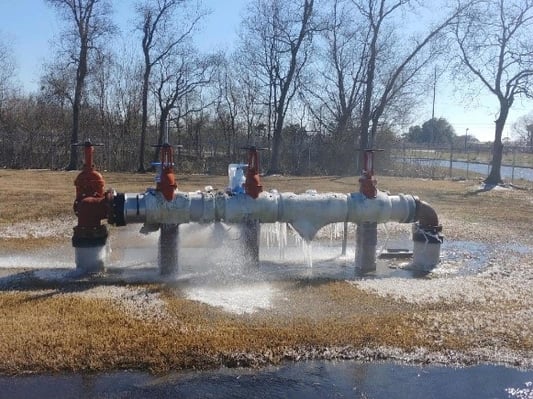Looking for ways to reduce the construction cost of the project is always wise. The same often applies to personal spending: How much can you afford to spend on that car or your next home? You may struggle with the difference between a need versus a want.
As a design engineer or a water jurisdiction official, you make these types of decisions regularly. What should I require? and Is it a nice to have or need to have? From time to time, the team here at Safe-T-Cover are asked the question, Is it really necessary to install a heater in the RPZ backflow cover?
The answer is an emphatic Yes! And these are the three reasons why.
Reason 1 – Freezing happens
Weather patterns continue to change. Extensive flooding, tornadoes, drought and freezing weather are more extreme than in years past and regularly make national headlines. You may ask yourself “Do I really need to require a heater in a backflow cover standard detail?” or “Do I need to include a heater in the spec for the backflow cover?” when the project is in Texas, Louisiana or Florida?
The winter storm of 2021 hit Texas and many pumps and backflow preventers froze and failed. And believe it or not, some projects in middle Tennessee near our headquarters are not designed to require a heater inside the enclosure when the weather here can stay below freezing for days at a time. There is no such thing as being overprotective of your waterworks equipment or too prepared for frigid conditions.
 Reason 2 – A frozen backflow is a problem
Reason 2 – A frozen backflow is a problem
‘Pay me now or pay me later’ and ‘penny-wise and pound foolish’ are phrases we’ve all heard that might fit some design decisions. You may be surprised to learn that adding a heater to specifications adds very little cost to the project. The option is to leave it out and save the money. We see this all too often, only to see freezing weather show up and freeze the backflow preventer. Water flow to a building may be jeopardized and a very expensive replacement or repair will ensue. In 2022, with long equipment lead times and labor shortages, a repair could be several weeks away, all of which is easily and entirely preventable. An upfront investment in a heater is an investment in your property and your peace of mind.
Reason 3 – Your reputation is at stake
As a water jurisdiction official or a design engineer, you want your customers to always have a dependable water supply to the building. If a heater is required and installed, it is unlikely anyone will pat you on the back. But when the weather freezes, you can rest well at night knowing the heater inside the RPZ backflow cover will safeguard the water supply from freezing. Plus, you won’t have to deal with an angry customer wondering why a heater was not installed in the first place!
Watch this video to see how to get the best backflow preventer freeze protection. You can also learn more here about freeze protection for rpz backflow covers or contact us to discuss how to keep your backflow preventers warm through the winter.






